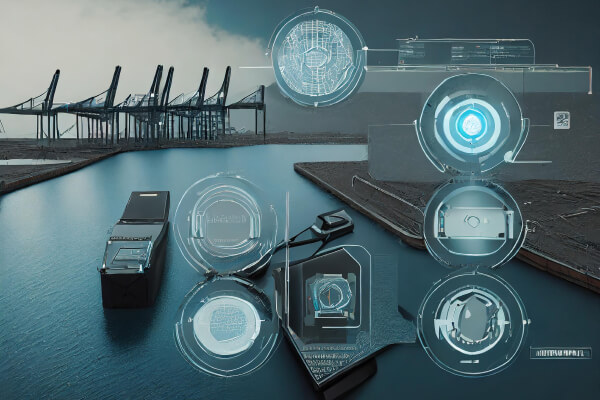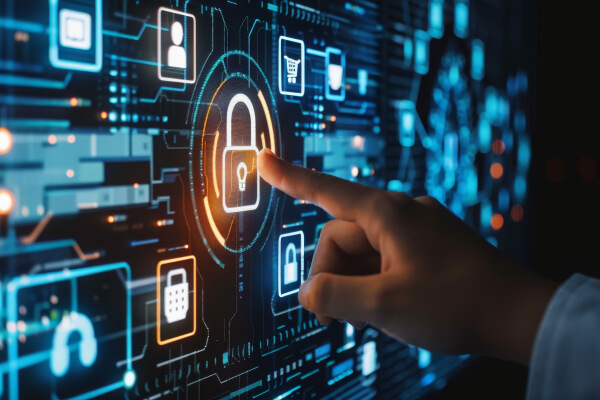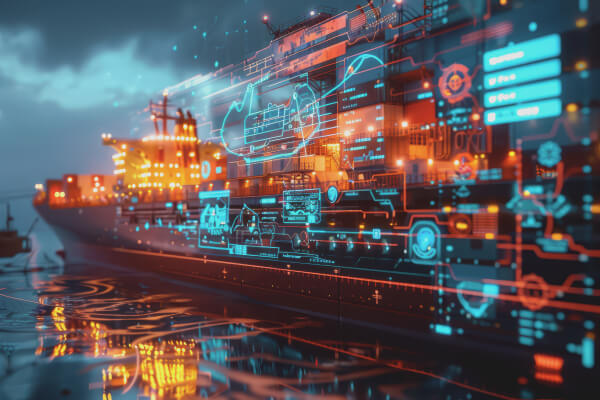A Brief Overview of Biometric Technology in Ports and Harbors
Due to increased traffic in the transportation of goods and people and the need to create efficient, safe, and secure systems, the maritime industry is embracing biometrics. Biometrics in the form of fingerprints, facial recognition, and iris scans, it offers safer and more convenient means of controlling access, ensuring workforce identification, as well as overseeing organizational functions.


Security and Access Systems
Security is paramount in ports and harbors since unauthorized access can have various negative repercussions. It becomes easy for one to steal, forget or even forge the traditional means of access control such as using an ID or password. Biometric technology gives out a better solution since only those who are allowed to have access to the restricted areas are the ones who will be allowed. This is done by the application of certain features that are normally hard to imitate or copy from the other players. This way, the ports and harbors can easily ensure that only confirmed individuals access the premises and that their assets are secure.
Efficient Workforce Planning and Absenteeism
Overseeing a numerous and diverse personnel in a port or harbor facility is not an easy feat. Biometric technology makes this process easier and efficient as it allows for accurate and authenticated records of attendance. Many of the employees use fingerprint and/or face recognition to check in and check out, so problems such as buddy punching and time theft are solved. It helps to maintain accurate records of attendance and makes the management of payroll easier and much more effective. Furthermore, biometric systems can be linked to the Human Resources software to enable easy coordination on employees' information and productivity.


Improving Operational Efficiency
Organizational performance is extremely important due to the competitive nature of the environment of ports and harbors. Biometrics also found applications in numerous areas including identification and authentication, attendance tracking, etc. Biometric authentication systems eliminate delays in the identification process and allow only permitted staff to access some equipment or sectors. This automation translates into the enhancement of efficiency, productivity and a minimized chance of human error in the processes.
Ports and harbors are crucial areas that require compliance with various statutory requirements and safety measures. Strict compliance to these requirements is made possible through the use of biometric technology in terms of identification and recording of activities. For instance, restricting certain forms of equipment only to certified personnel, or restricting access to particular sections of the workplace that may be dangerous can greatly decrease the chances of accidents and increase safety. Biometric system can also be used to identify the crew members and visitor in the ship so as to eradicate international maritime security regulation.

